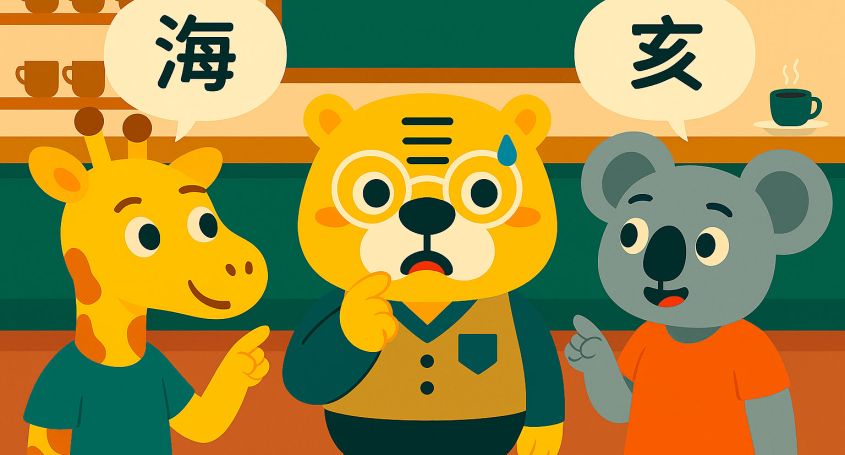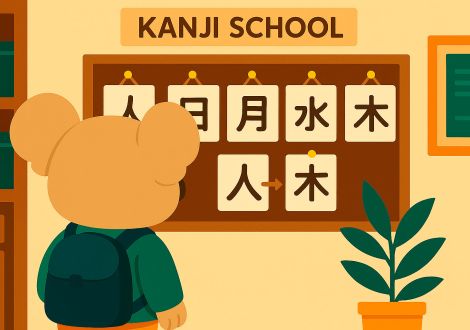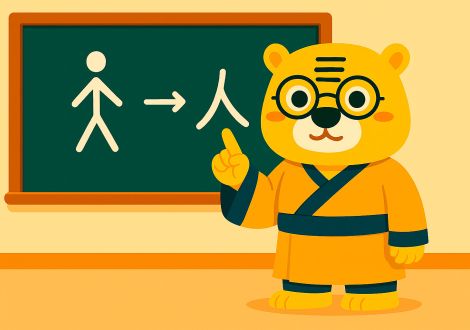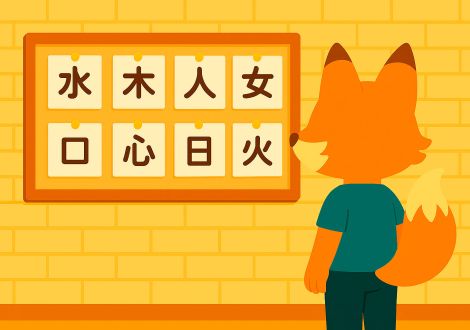In Mandarin Chinese, many characters sound alike, or very similar, but they have different meanings and different spellings. These characters are known as "homophones". Due to the fact that Chinese has few syllables but thousands of characters, homophones are quite common. In order to correctly understand which character is being referred to, the context is essential.
Example 1: 他, 她, 它. All these characters are pronounced [tā]. Although they all sound alike, the context and written characters clarify which subject is specifically meant.
他 [tā] means "he".
她 [tā] means "she".
它 [tā] means "it" (for objects or animals).
Example 2: 海, 亥. Both characters are pronounced [hǎi].
海 [hǎi] means "sea" or "ocean".
醢 [hǎi] means "minced meat" or "pickled meat".
Example 3: 花, 话. Both characters are pronounced [huā].
花 [huā] means "flower".
砉 [huā] means "sound of something flying fast", "whistle", or "crack".
Tips for Learning Homophone Characters:
- Visual Recognition: Since many homophones are written differently, developing a solid visual recognition skill will help you differentiate them quickly.
- Context: Just as in the case of pronunciation, context is a key point. The topic of a conversation or a text can give you clues about which character is more likely to be being used.
- Listening Practice: Even though the pronunciation might be the same, sometimes there are slight differences in the context in which certain homophones are typically used in a particular way. To frequently listen to Chinese will help you get familiar with these nuances.
- Using Dictionaries: Using a Chinese dictionary can be very useful, as it allows you to check all the possible options of pronunciation and to choose the one that makes most sense in a given context. In the Chinesimple dictionary, you have the option of searching by Pinyin so as to find words with the same pronunciation.





